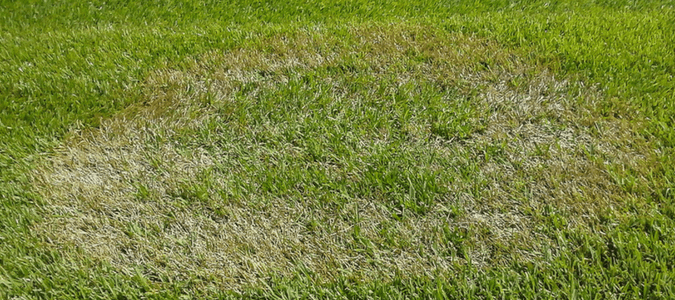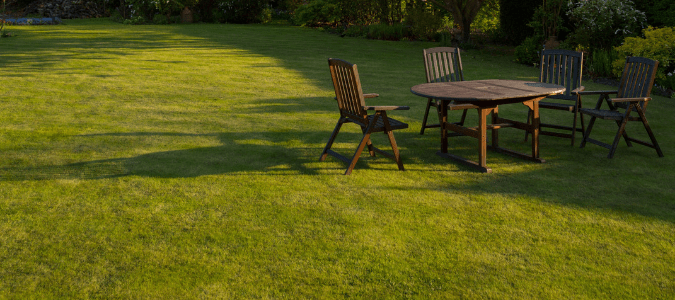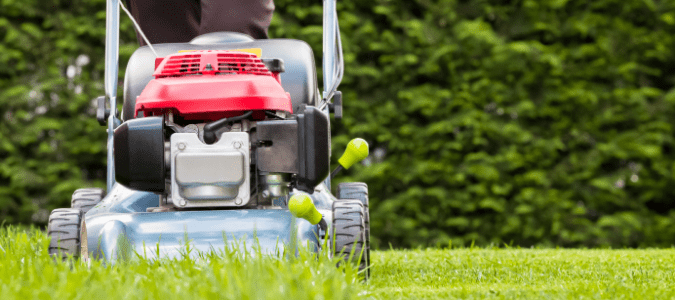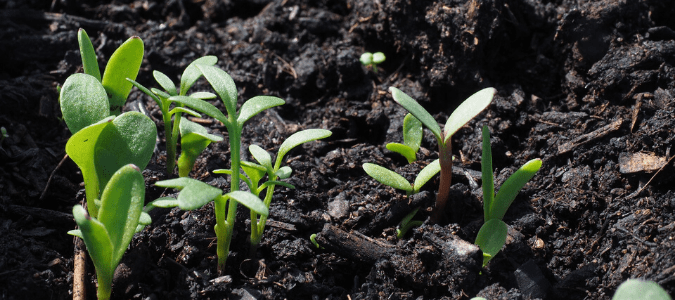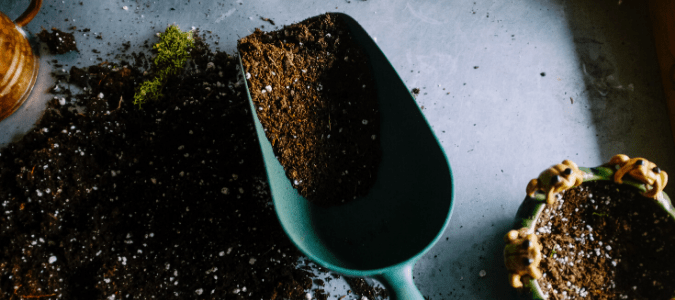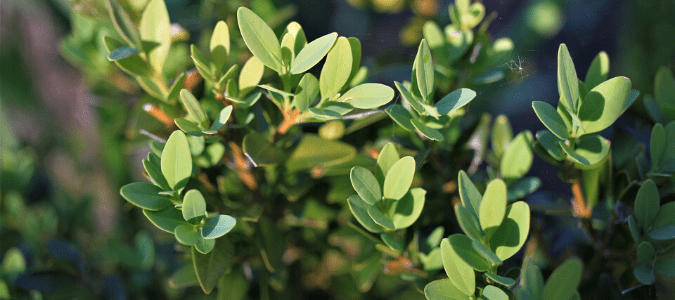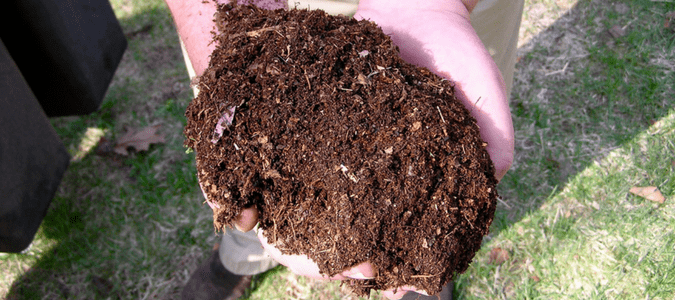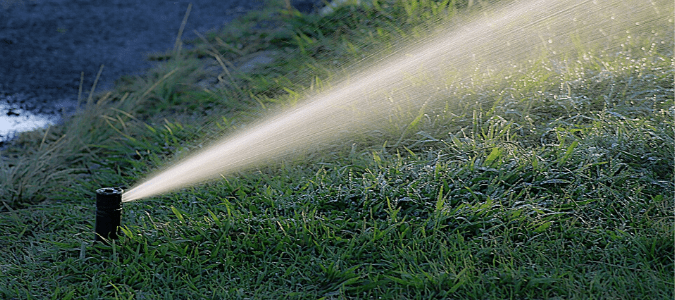How To Keep Grass Out of Flower Beds
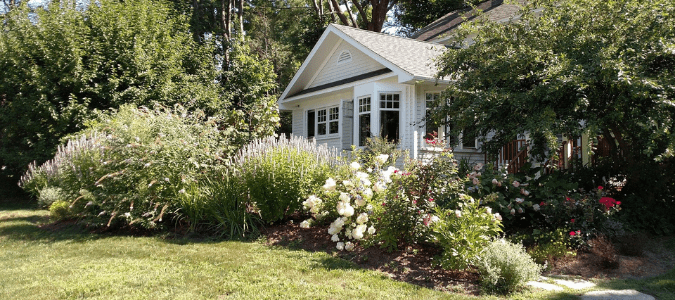
Homeowners work hard to make sure their yard looks as nice as their home. They often spend precious nights and weekends picking out the right landscaping and taking care of their lawn. When you have dedicated hours trying to keep everything looking nice and tidy, it is so frustrating when grass suddenly pops up in your flower beds.
If you are having this problem, there are several methods you can try to get rid of grass in your flower beds.
Pulling Grass
This is the most obvious method that you can do by yourself and with no or few tools. Homeowners often put on garden gloves when pulling grass and other weeds to help make sure they get a good grip on the plants. If you choose this route, keep in mind that it is important to pull out not only the grass but also its root system. Otherwise, it is likely this … Read Full Post »
